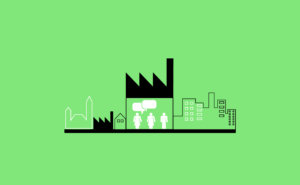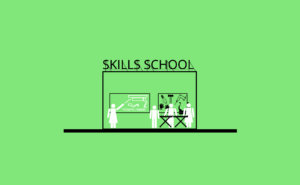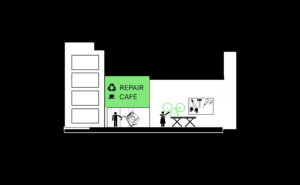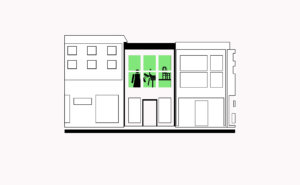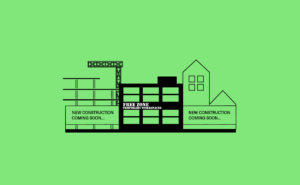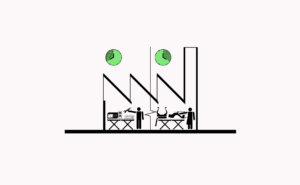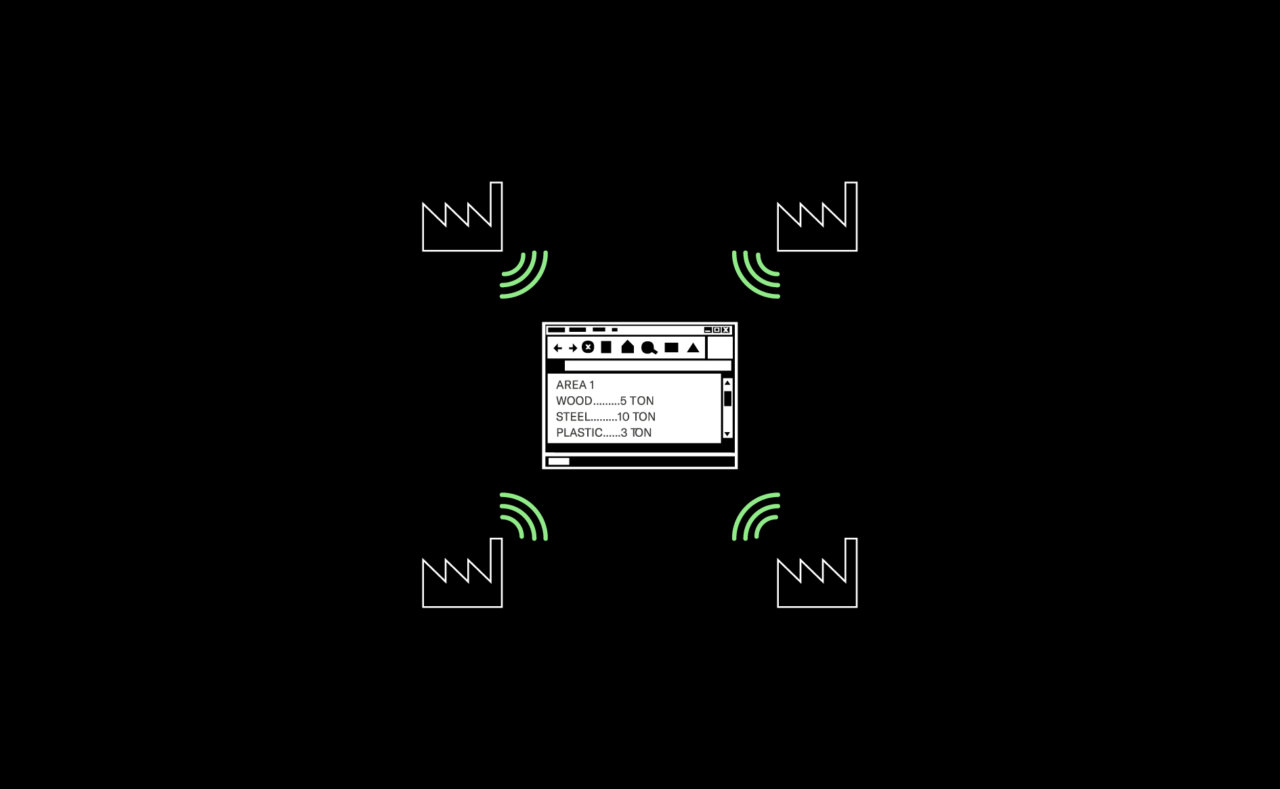
R.12 Material Database
A centralised spatially connected database, containing data on flows of material (and waste), helps to facilitate and optimise local distribution of resources and maximise opportunities for material recovery.
[Context] Cities are consumers of about 60% of global resources and about ⅓ of total global energy yet are very ineffective in taking advantage of their waste streams. A material database can be a vital tool to help track the demands and flows of resources, helping cities to plan for material supplies and waste management. A spatially based, real-time material database could provide the engine for a truly circular management of resources in cities and contribute to identify infrastructure gaps and also business opportunities to create a more optimal N.2 Re-use of Material & Energy Flows in cities to identify gaps in R.7 Multi-scalar Circular Infrastructure. It could also define criteria for C.8 Accessible Material Recovery Facilities according to volumes, composition and distribution of waste. An integrated material database could help identify opportunities for P.6 Re-use and Repair Centres and assess the financial viability of different recovery options, including the development of new products with re-used and recycled materials and, through N.7 Local Design & Prototyping, provide opportunities for new business models. It can help identify opportunities for R.11 Incentives for Research & Development and access to P.2 Shared Making Spaces & Technology. Understanding geographical movements of resources could enhance the design of C.1 Microzoning and C.10 Transition Zones, helping evaluate potential synergies and trade-offs between residential, commercial and industrial uses. The material database can also become embedded in planning policy by helping cluster similar activities, where resource connections may encourage it, while also promoting N.3 Mixing Complementary Making & Related Services when there are opportunities for cross-sectoral innovation and material exchange.
[Problem] Although information on waste generation and composition (in European cities) is quite advanced, the data remains far too vague and superficial at the business level to assess opportunities to increase the circularity. While data on household waste is generally collected and reported by local governments, understanding and visibility of commercial and industrial data in cities is much more problematic. Commercial and industrial waste is larger in volume than domestic waste and generally more homogeneous. The poor data and the division of competences among public authorities has resulted in poor understanding of resources flows within the city and thus has constrained opportunities to identify optimal recovery options. This means that opportunities for re-use, recycling and recovery may be overlooked. Without a good understanding of the volume, composition and spatial distribution of resources, including waste, options for high quality re-use and recycling are unlikely to be realised as feasibility is difficult to assess.
[Forces] While governments may have ambitions for greater levels of R.2 Transparent Making and R.1 Making Making Visible, there are a number of reasons for the lack of rich data: 1) statistics generally involve aggregated data per sector with no granularity of geographical distribution; 2) responsibilities for collection and processing of data in the case of commercial and industrial waste are split between different levels of government; and 3) composition of commercial and industrial waste in cities is lacking due to limited waste segregation. N.2 Re-use of Material & Energy Flows and opportunities for R.6 Sustainable Product Cycles are thus constrained by the availability and quality of data. Sourcing data from businesses would create a very realistic picture of resource flows but businesses are generally reluctant to share data that may reveal their manufacturing processes or intellectual property.
[Solution] Gain a clear indication of resource demands and production of waste by exploring ways to create an accurate picture of the local situation. Sourcing materials, capturing waste and recovering resources requires extensive collaboration among municipalities, waste managers/contractors, households, manufacturing activities and recovery facilities. It involves assembling a picture of materials used, waste streams and storage locations. Tracking waste can be threatening to companies concerned with exposing commercially sensitive data. However public authorities or park managers will struggle to invest in effective resource management without clear guarantees based on trends. Therefore, it is important that appropriate procedures are put in place to generate a realistic picture of material flows while assuring businesses with necessary anonymity and privacy. A neighbourhood scale park manager or R.3 Curator could help build the trust required to source information from businesses such as running an annual survey. R.10 Place-based Financial Levers could be used to tease out data where necessary. Alternatively, managing waste with a single operator at the neighbourhood scale for N.2 Re-use of Material & Energy Flows, can reduce complexity if data collecting and sharing agreements are made. R.11 Incentives for Research & Development can focus on a limited range of resources to reduce possible data issues.
[Contribution] Add contributions here.
